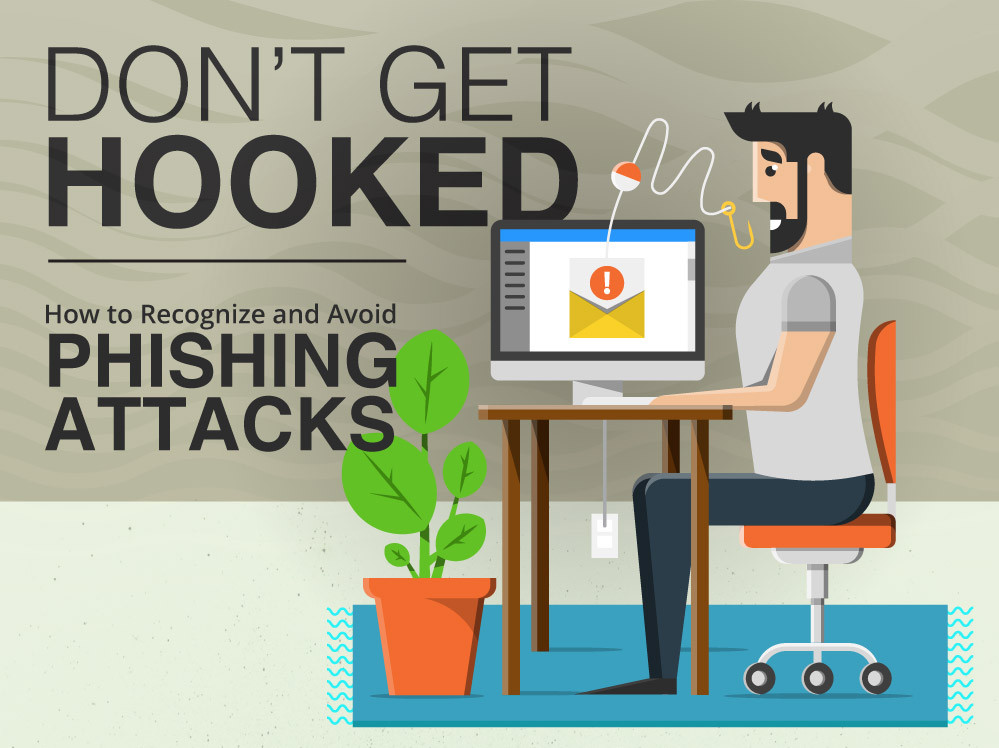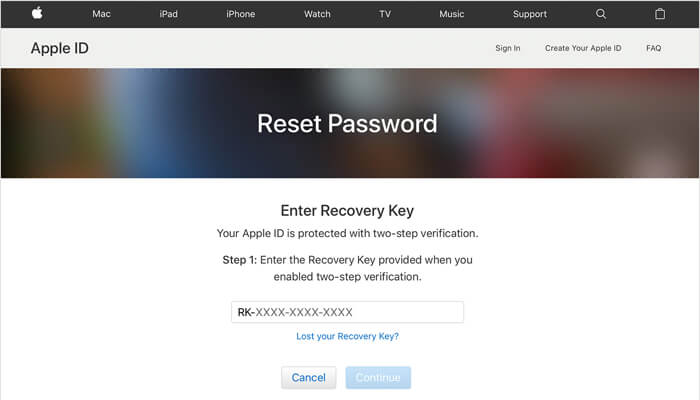
It’s kind of like doing an ID check does the identity of the sender indeed match the records associated with the server it’s sent from? Let’s get to it! What is email authentication?Įmail authentication is the process performed by mail servers to establish that an incoming email is legitimate and not fraudulent.
#Verify email sender identity how to#
In this article, you’ll learn how to authenticate email, how email authentication works, as well as the four email authentication types and what they do. Plus, with two optional (but highly recommended!) protocols, you can double down on your efforts for more secure sendings! Not only does email authentication keep your email safe from fraud and protect your business and reputation, but it also ensures a better campaign deliverability rate.īy configuring SPF and DKIM records for your emails, you’ll protect your brand, avoid phishing and spoofing, and signal to mailboxes that your messages are legitimate and safe for subscribers’ inboxes. For email, this comes in the form of email authentication. Just as we use locks, keys and IDs to keep our physical premises safe, it’s important to implement the correct safeguards to protect our digital ecosystem as well. Plus, we explain what SPF and DKIM do, and discuss two additional authentication methods you can use to further boost security and deliverability. For more information about "phishing," go to OnGuard Online.In this article, we break down email authentication to explain what it is, why you need it and how to do it. To avoid security problems, please keep your web browser up to date. Reputable businesses and public agencies will not ask you for personal information in an email.Īre there other resources I can use to learn more about phishing?

Computer Emergency Readiness Team (US-CERT) at ( ). Report the incident by forwarding the suspicious email to the U.S.If you are not certain that an e-mail you received came from Social Security or one of our marketing firms, DO NOT respond to the email or click on any links contained in the email message.What should I do if I’ve received a phishing email pretending to be from Social Security? Notice the location of the forward slash. Below are examples of fraudulent websites pretending to direct you to Social Security.Links to the official Social Security website will always begin with.A forward slash should always follow the “.gov” domain. This is the actual address you will be directed to and it should always include “.gov/”. To verify the web address of a link or picture, hover over it with your mouse until a text box appears with the web address.Rather than relying on the way a link looks, please follow these steps to confirm a link’s authenticity: Links, logos, or pictures in the body of an official Social Security email will always direct you to an official Social Security website.Any links you find within these emails should always point to a “.gov/” web address. We allow these firms to send email directly to individuals.

#Verify email sender identity verification#
A credential includes your username, password, and two-step verification factors.


 0 kommentar(er)
0 kommentar(er)
